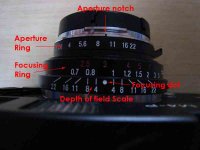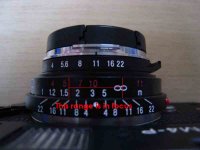Fangergoodgame
Newbie
My mother in law recently passed down the camera she used while my wife was a child. It's a very nice M2, with a 50mm 2.8 and a 90mm 2.8 lenses. It's my first 35mm film camera (I've been shooting digital since I started taking photography more seriously as a hobby, around four years ago).
Can anyone point me to some useful resources? This forum has been helpful so far, but I haven't been able to find much online that's aimed at actually using the camera - most of the information out there seems to be about how great it is, how over-hyped it is, how much people like Leica, Leica history, etc.
I've got it loaded with film, thanks to my local camera shop. I've got a good handle on the basics of photographic exposure(i.e. the relationships between ISO, Shutterspeed, Aperature, etc) but would appreciate any advice from more seasoned rangefinder users, about using a rangefinder - any M2 specific advice would be even better!
Thanks!
Aaron
Can anyone point me to some useful resources? This forum has been helpful so far, but I haven't been able to find much online that's aimed at actually using the camera - most of the information out there seems to be about how great it is, how over-hyped it is, how much people like Leica, Leica history, etc.
I've got it loaded with film, thanks to my local camera shop. I've got a good handle on the basics of photographic exposure(i.e. the relationships between ISO, Shutterspeed, Aperature, etc) but would appreciate any advice from more seasoned rangefinder users, about using a rangefinder - any M2 specific advice would be even better!
Thanks!
Aaron



